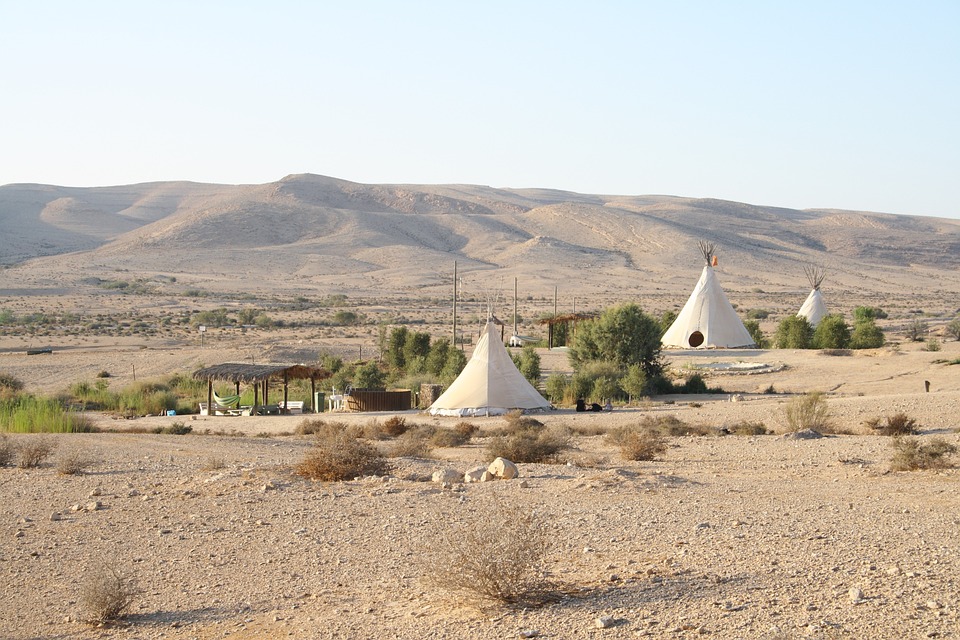Table of Contents
Introduction
Camping has long been a popular recreational activity, allowing individuals to disconnect from the hustle and bustle of urban living and immerse themselves in the beauty of nature. Over the years, camping equipment and shelters have evolved significantly, providing campers with convenient and comfortable options. From basic shelters made of natural materials to modern high-tech tents, the evolution of camping has revolutionized the outdoor experience.
Primitive Beginnings
In ancient times, camping involved little more than finding a suitable spot and creating a basic shelter from materials available in the surroundings. Early campers used branches, animal hides, and other natural materials to construct primitive shelters, which were often temporary and provided only minimal protection from the elements. These early shelters were a necessity for survival, and camping was primarily associated with nomadic cultures and explorations.
The Rise of Tents
The invention of tents marked a significant milestone in the evolution of camping. Tents offered a more portable and sturdy alternative to natural shelters. Initially, tents were made of animal skins or woven materials such as canvas. These early tents were heavy and cumbersome, but they provided better protection against rain, wind, and other elements. As time went on, more advanced materials such as nylon and polyester replaced traditional fabrics, making tents lighter, more durable, and easier to carry.
Innovation in Comfort
As camping became a popular recreational activity, greater emphasis was placed on comfort. Campers desired a camping experience that resembled the comforts of home, and manufacturers responded with innovative solutions. Sleeping pads and air mattresses were introduced, offering campers a more comfortable sleeping surface. Additionally, camping chairs and folding tables were developed to provide a seating and dining area that mimicked the convenience of indoor living.
High-Tech Camping
Recent technological advancements have revolutionized camping, leading to the rise of high-tech tents. These tents are equipped with features to enhance the camping experience. Many high-tech tents have built-in LED lighting, multiple rooms for added privacy, integrated charging ports to power electronic devices, and even Wi-Fi connectivity. Some tents also incorporate advanced insulation materials and weatherproofing technologies, ensuring optimal comfort and protection in various climates.
Sustainability and Eco-Friendly Camping
With increased awareness about environmental conservation, camping gear has also seen a shift towards sustainability. Manufacturers now produce eco-friendly tents made from recycled or biodegradable materials. Furthermore, solar-powered tents have emerged, allowing campers to harness renewable energy for lighting and charging needs. These eco-friendly innovations cater to campers who wish to minimize their impact on the environment while still enjoying the great outdoors.
FAQs
Q: Are high-tech tents more expensive than traditional tents?
A: High-tech tents generally come at a higher price point due to the advanced features and materials incorporated. However, there are various options available at different price ranges, allowing campers to choose the level of technology they desire based on their budget.
Q: Do high-tech tents require special knowledge to set up?
A: While high-tech tents may have additional features, most manufacturers design them to be user-friendly. They typically come with detailed instructions and are easy to set up, even for novice campers.
Q: Can eco-friendly tents offer the same level of performance as traditional tents?
A: Yes, eco-friendly tents can offer comparable performance to traditional tents. Manufacturers have developed environmentally friendly materials that are both durable and weather-resistant, ensuring a high level of performance while minimizing the impact on the environment.




